 Postcards from Lida
Postcards from Lida
 |
The Jewish Cemetery in Lida. [copyright Tomy Wisniewski, reproduced by permission] |
 |
Funeral of a respected Jew.
The procession is passing through the Market Place. |
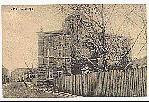
|
The Synagogue in Lida |

|
The Synagogue in Lida as seen from School St. |

|
A color version of the view above. |

|
A wide angle view of the Synagogue from School St. [Szkolnaya] |
 |
Garden St. with the Synagogue in the distance. |
 |
The Synagogue yet again, with a
passer-by. |
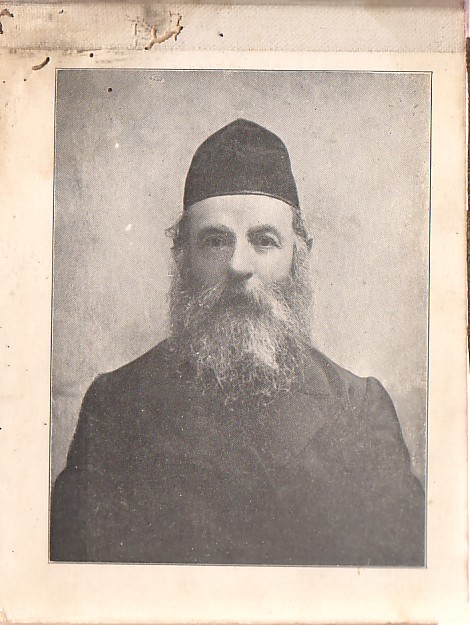 |
Rabbi Reines, founder of the
Lida Yeshiva & Mizrachi |

|
Lida Market and Synagogue, not on Market Day. |

|
Lida Market, on Market Day. |

|
Lida Market packed with horses |
 |
The Market in Lida on Market Day [copyright Tomy Wisniewski, reproduced by permission] |

|
Market Day in Lida. |
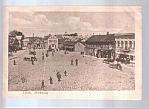 |
Lida Market |
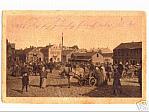 |
The Market yet again |
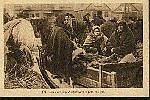 |
The caption says, "A scene from the weekly market in Lida, Russia" |
 |
The market in Lida, yet again |
 |
Yet again, the market |
 |
Still the market |
 |
More
market |
 |
More market |
 |
More market |

|
The train station in Lida. |
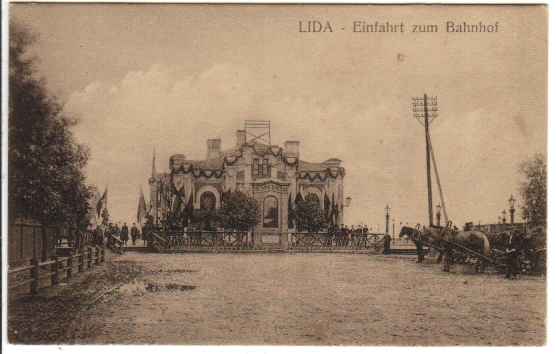 |
The entry to the railway station in
Lida |
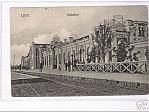 |
The Lida train station from the
other side |

|
A railroad bridge in the Lida area. |
 |
Lida Castle. |
 |
Another view of the castle,
showing how close it was to Lida's streets. |
 |
Lida Castle. |
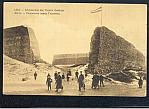 |
Lida Castle again. |
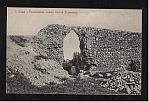 |
Still Lida Castle |

|
The meat market in Lida |
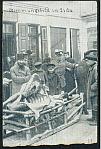 |
A meat shop in Lida |
 |
Grodno St. |
 |
Kamenska St. |
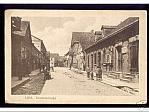 |
Krumme (Crooked) St. |
 |
Police Street |
 |
Sedova St. and the Yeshiva. A monochrome version of this card is on p. 138 of Sepher Lida. [copyright Tomy Wisniewski, reproduced by permission] |
 |
Suwalska St. |
 |
Another view of Suwalska St. |

|
Vilenska St. [Vilnius St.] |

|
Wilenskaya St. [Vilnius St.] |
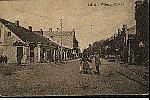
|
Vilnius St. again |
 |
Another view of Vilnius St. |
 |
And another view of Vilnius St. |
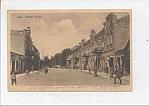 |
Another view of that popular
subject, Vilnius St. |
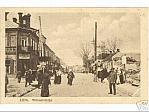 |
Vilnius St. once more. |
 |
And yet once more, Vilnius St. |
 |
A barber shop in Lida, on
Vilnius St. |
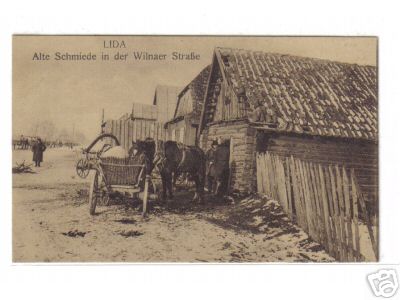
|
A smithy in Lida, at the edge of
town, on
Vilnius St. |

|
Wall St. & residents |

|
Another view of Wall Street |
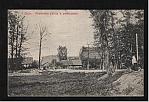 |
The caption says "Zamkov Street
and Ruins" -- which
would be the castle again |

|
A Jewish meat market. |
 |
The Pupko Brewery in Lida.
Painted in 1916 by the artist Joger. Image donated
by Leon Lauresh |
 |
Karol Chodkiewicz
Memorial Gymnasium
[A gymnasium is a school one enters at age 11, after passing
an entrance
exam. The subjects are all academically oriented].
Between
the two world wars, a common Lida experience was to speak Russian at
home,
because one's parents were comfortable with what had been the official
language
before WWI & to use the current official language,
Polish, at
school]. |
 |
Ms. Tsipkinski's school for
girls in Lida during WWI. It had 45 students. Image donated
by Leon Lauresh. |

|
A farm in Lida |
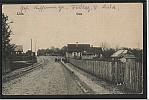 |
Another farm on the edge of town |
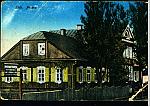 |
The picturesque post office in
Lida |
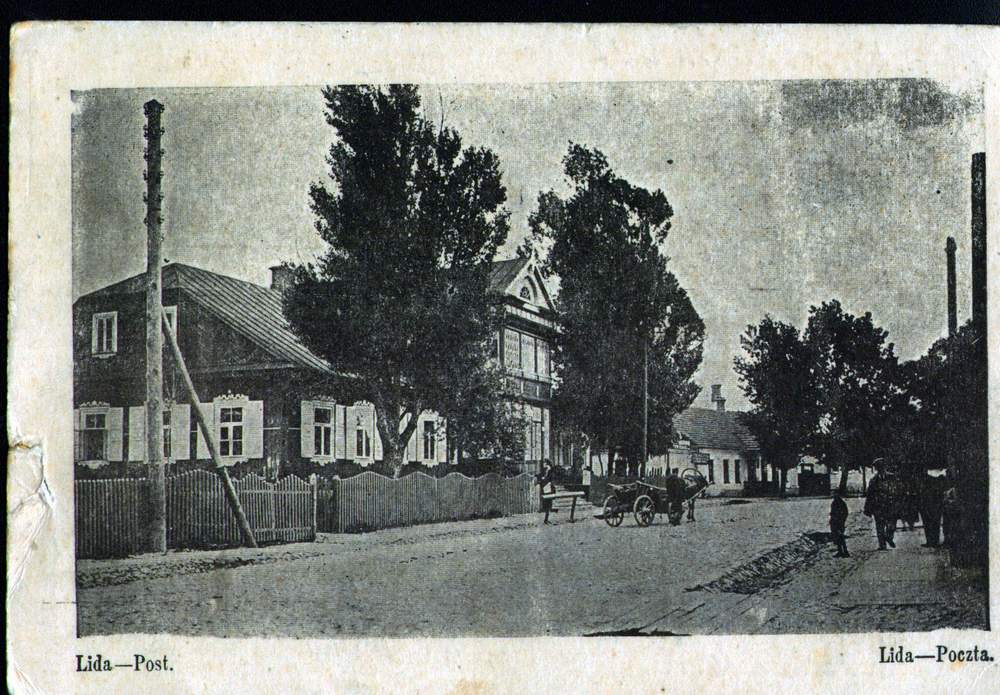 |
A street in Lida. |
 |
Lida and the Lida River |
 |
The Dziekanski River
in Lida. |

|
A water- powered mill in Lida. |
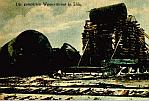 |
Destroyed water towers in Lida;
probably as part of World War I |
 |
Another casualty of World War I:
the caption says
this is the remains of a balloon destroyed near Lida. |
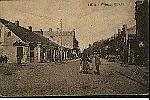
|
The caption on the card says: Jewish water carriers in the streets of Lida. These people supply individual houses with water in the absence of water lines, charging small fees. |

|
Jewish traders in Lida's Market Place. |

|
The caption says: Jewish peddlers in front of a booth. |
 |
In this version of the card, the caption says that the woman in the center is holding a pot full of burning coke to keep warm. |
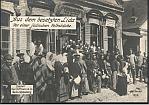 |
The caption says "In occupied
Lida - a
Jewish soup kitchen". "Volkskueche", literally "People's
Kitchen"
refers to a specific type of soup kitchen. Not wholly a
charity,
it was run by a non-profit group & the customers were charged
only
the cost of the supplies, which were bought in bulk. Most of
the employees
were volunteers, but there was a hired chief cook/manager.
The intent
was to serve the working poor more nutritious food than they might be
able
to afford for themselves. |
 |
Another view of the Volkskueche. |

|
The Volkskueche again |

|
The caption reads: German soldiers distribute hot soup to the poor of Lida. |
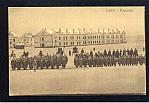 |
The barracks in Lida.
In the 1880s, one of my grand-uncles from Vilnius was
stationed in Lida for his army service & may therefore have
been quite familiar with these barracks. |

|
Students outside Lida's public school. |

|
World War I in Lida: Soldier's Mess Hall. [Obviously one of the more elegant buildings in Lida was confiscated for this purpose]. |
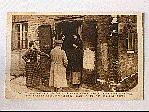
|
The caption says, "In front of a tea house in Lida, Russia. The girls wait on the guests. In Lida city there are innumerable such tea houses, in which one obtains tea and coffee". |
 |
The Kaiser in Lida[!] This card was sent in 1917. From May 18, 1916 to June 3, the Kaiser was on a trip that took him from Hamburg, Germany, through Berlin, to Kouzno, Mitau (Yelgava, Latvia), Wilna (Vilnius, Lithuania), Lida, Sloum, Grodno (Hrodna, Belarus), Kadinen (Kadyny, Poland; then Ostrpreussen; the Kaisers had a large palace there), Marienburg (Malbork, Poland), and Wildpark. Thanks to Dr. Althoff, Geheimes Staatsarchiv Preussischer Kulturbesitz. BPH (Brandenburg-Preußisches Hausarchiv) Rep. 113 Hofmarschallamt Nr. 1114 und 1115 , Best. BPH Rep. 113 Hofmarschallamt Nr. 1107. |
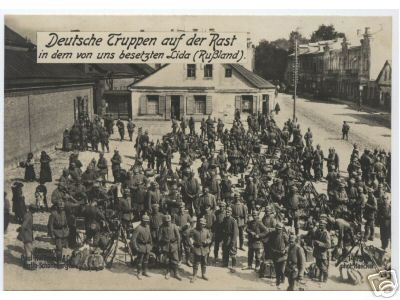 |
The next few images are of
German soldiers in Lida
or marching into Lida in World War I. Nearly all the
postcards date
from this era. |
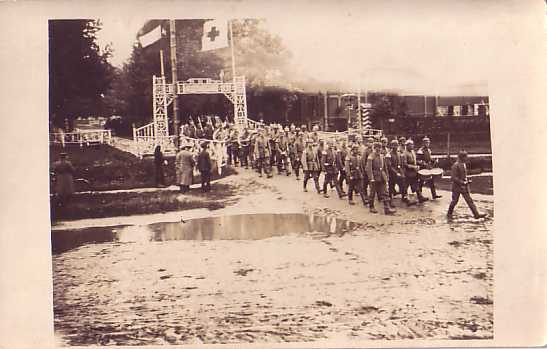 |
|
 |
|
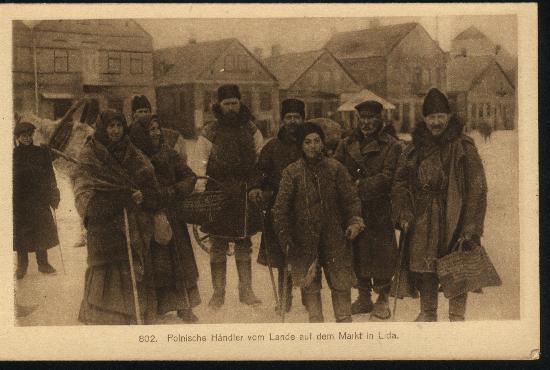 |
The caption says these are Polish traders from the country at the Lida Market |
 |
The caption says "the other side
of the river". This section of Lida was called
"Zarechye", which means just that.... |
Thanks to Marvin Brooks for some of the postcard
images